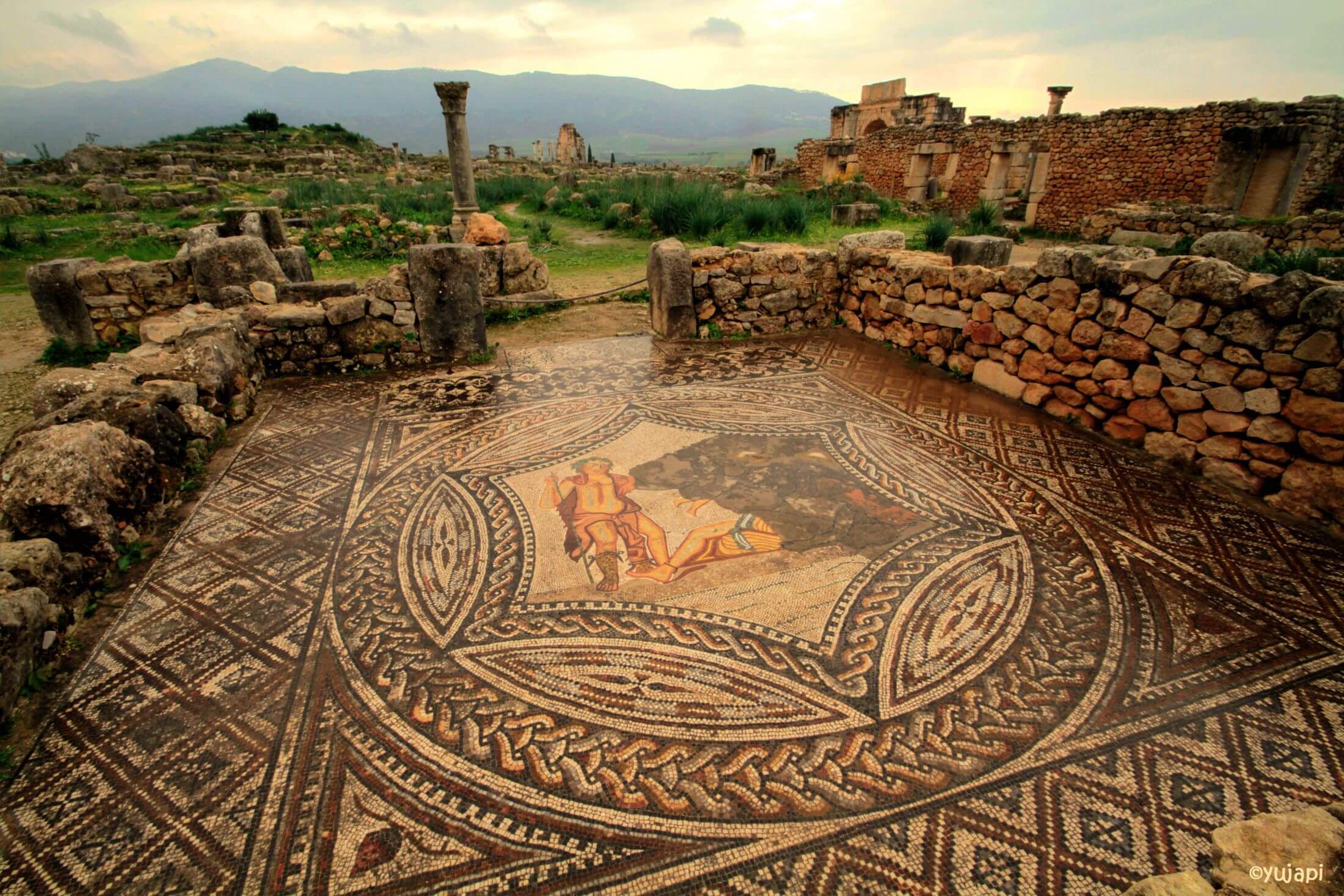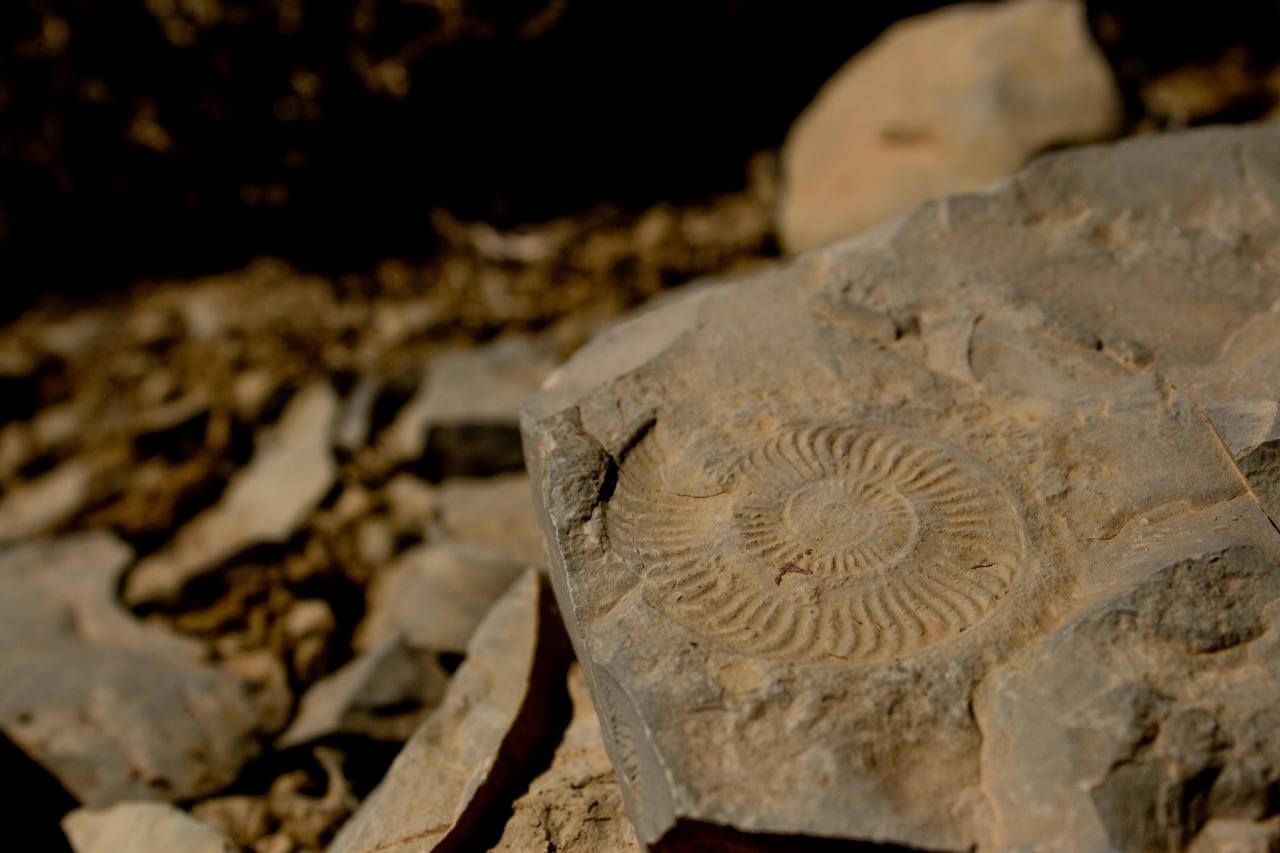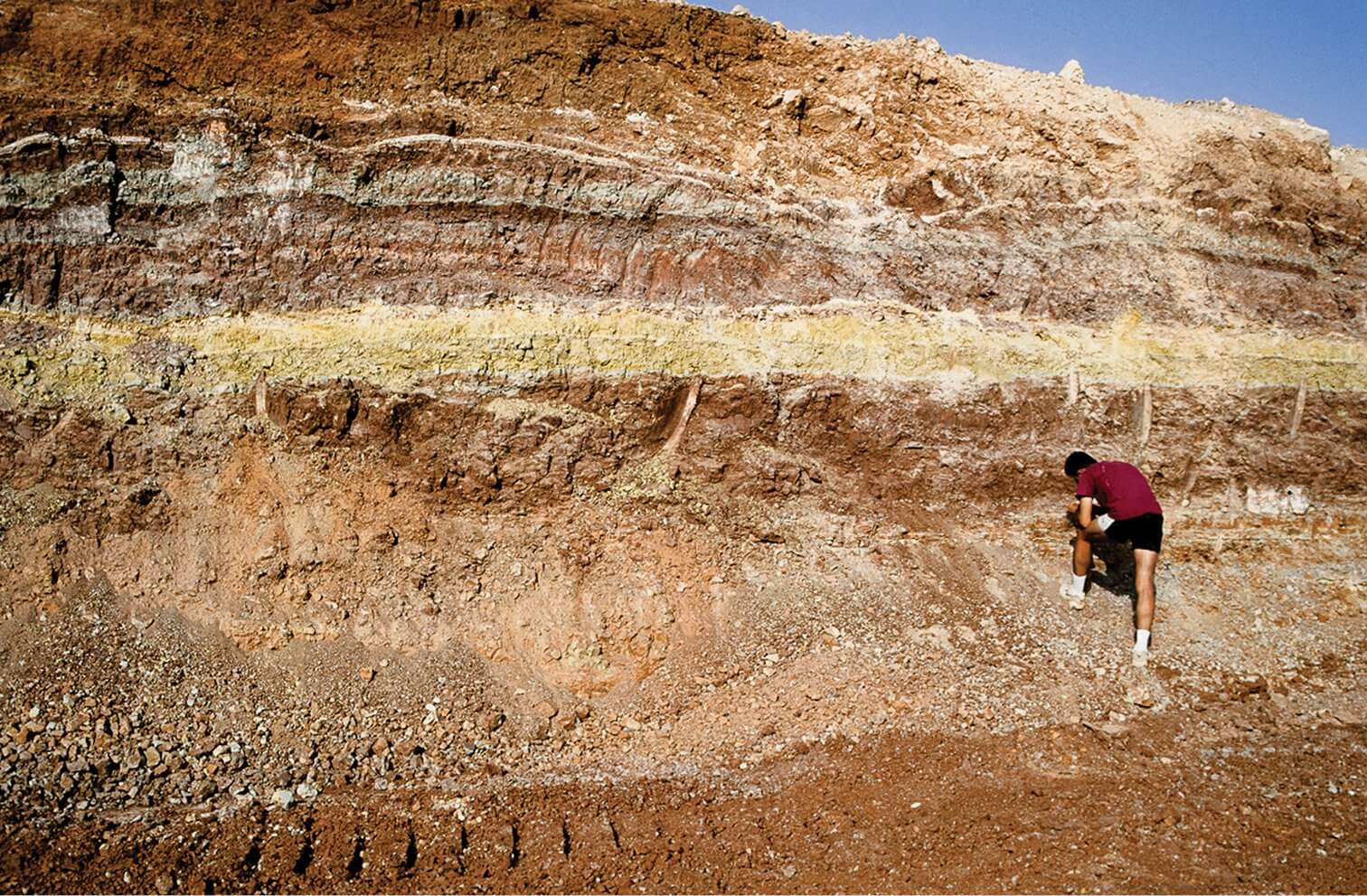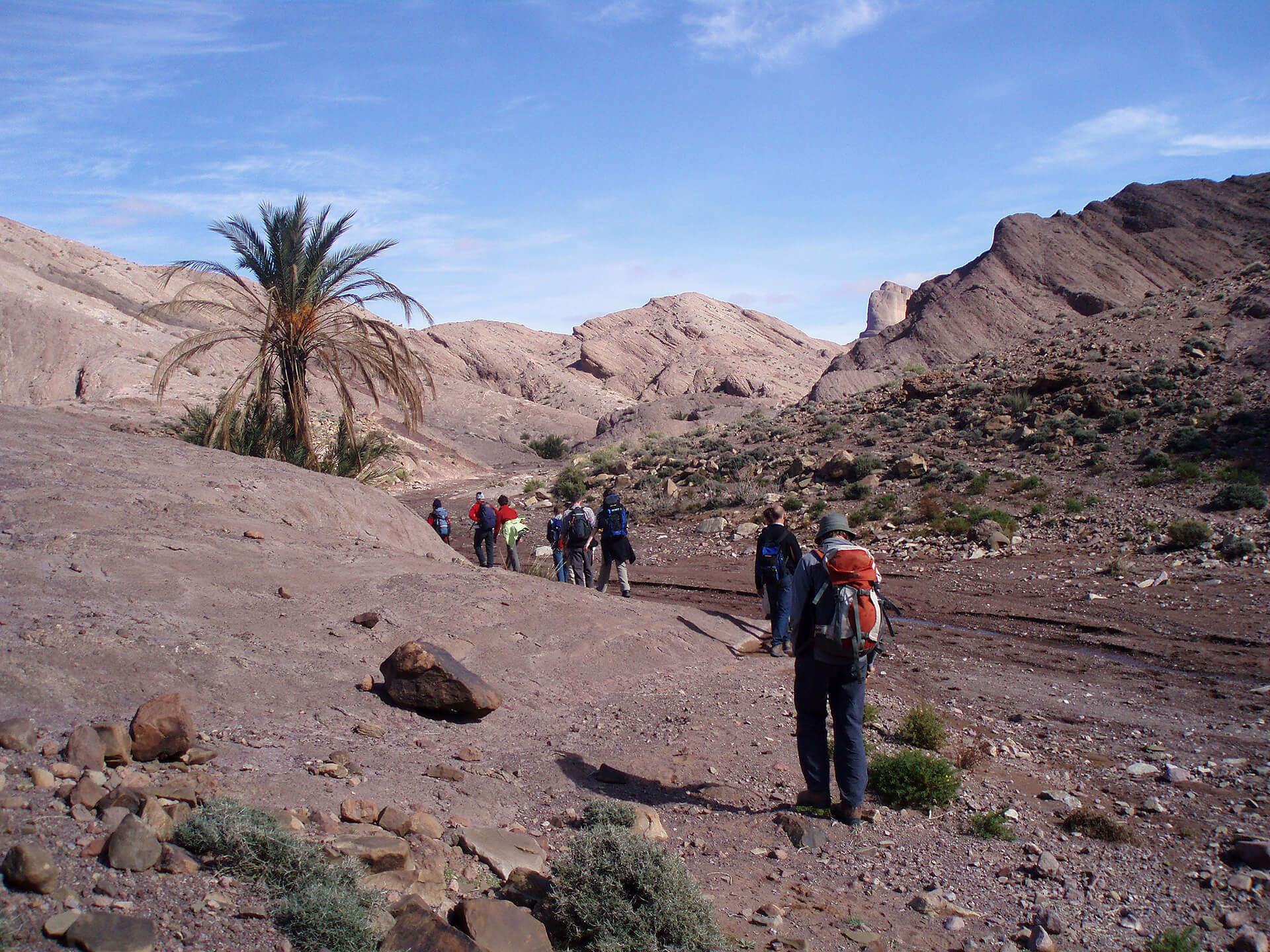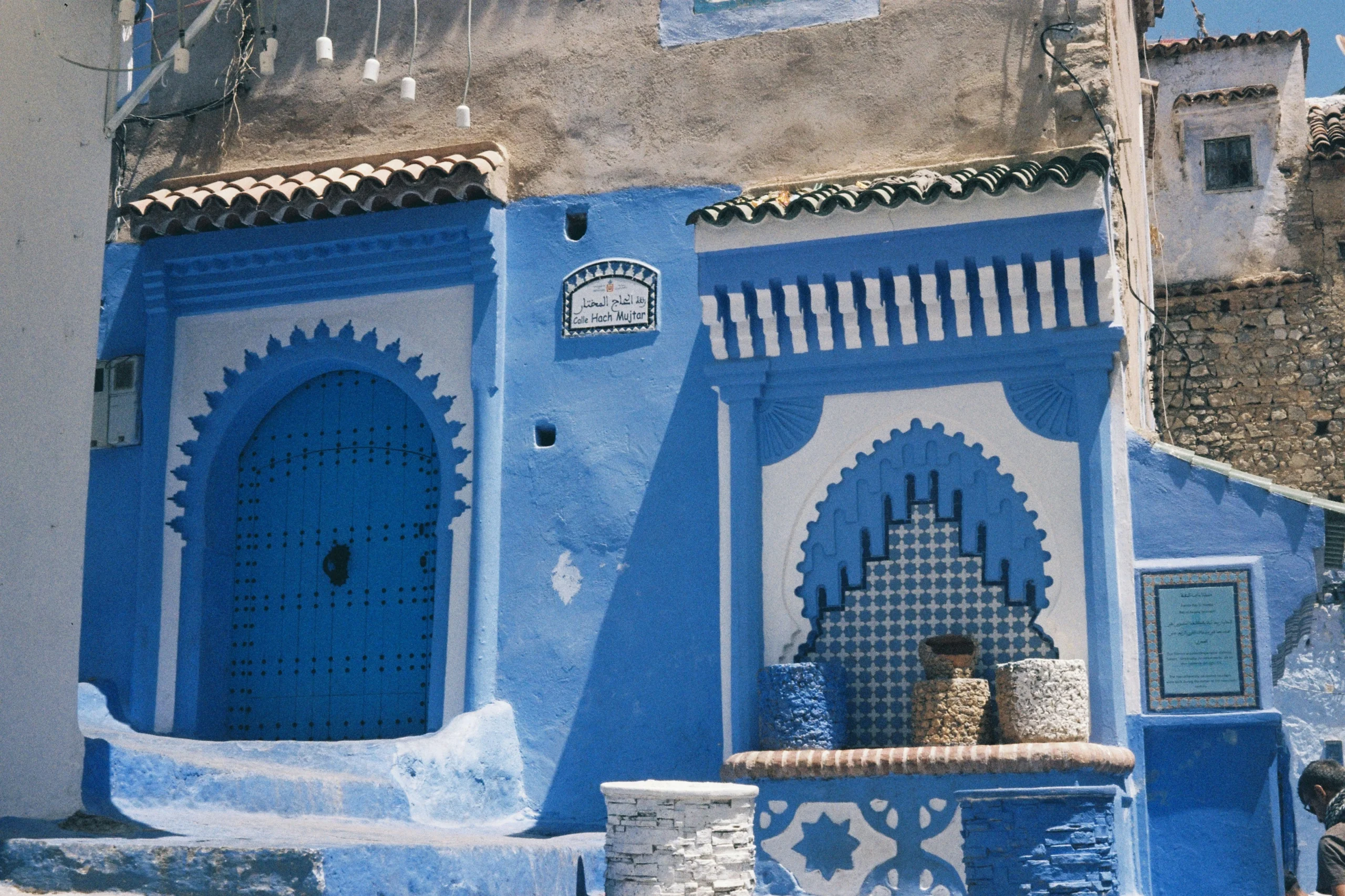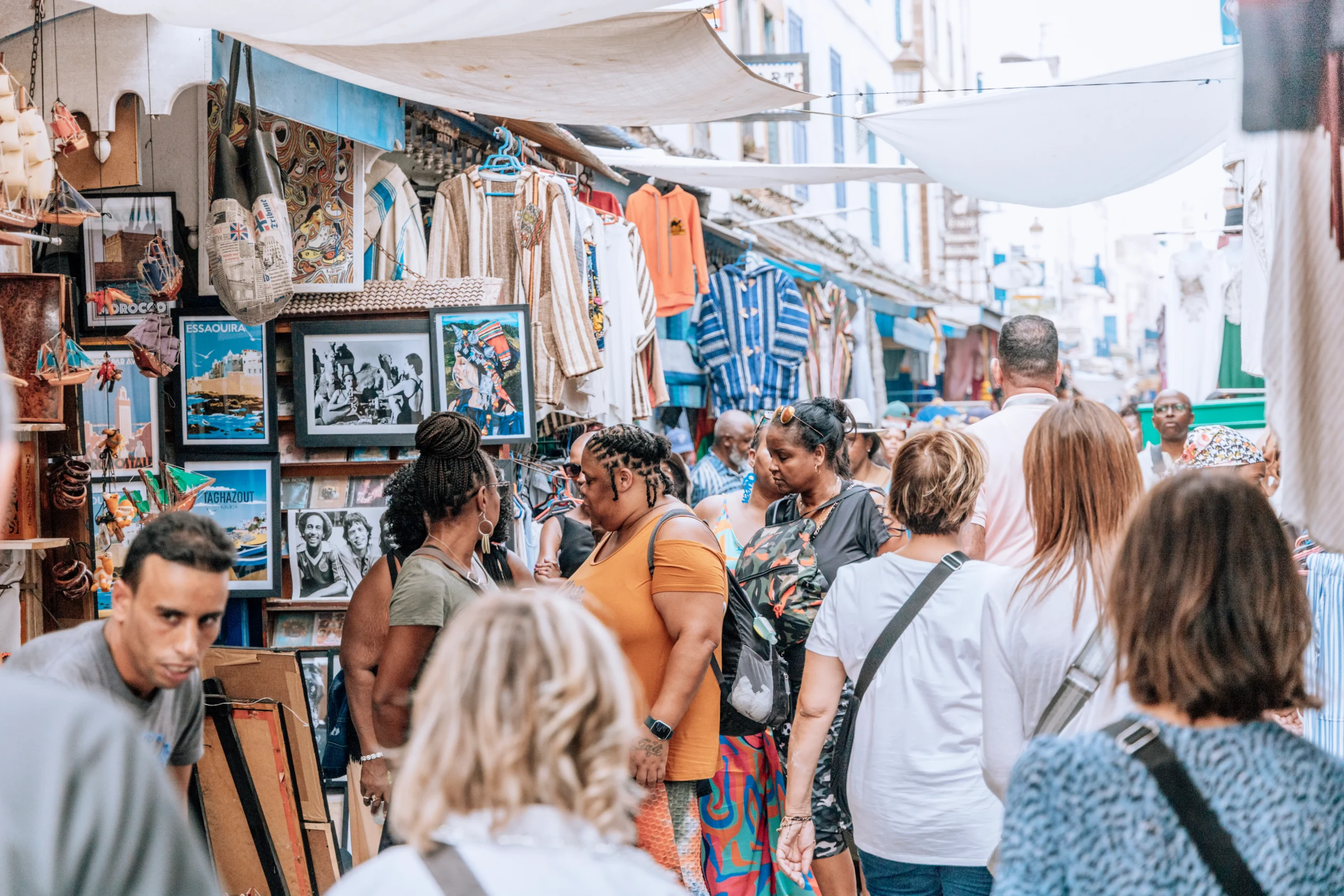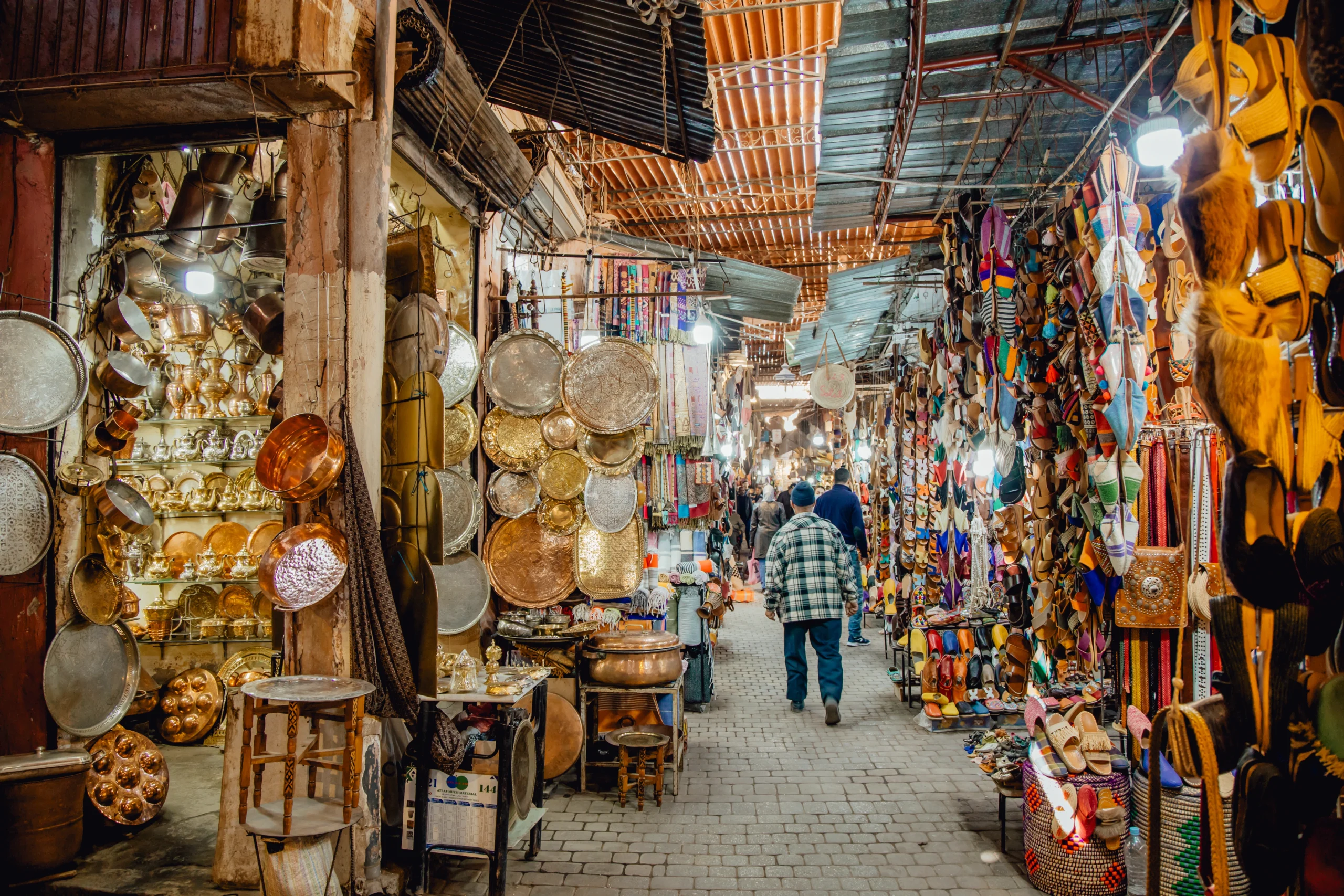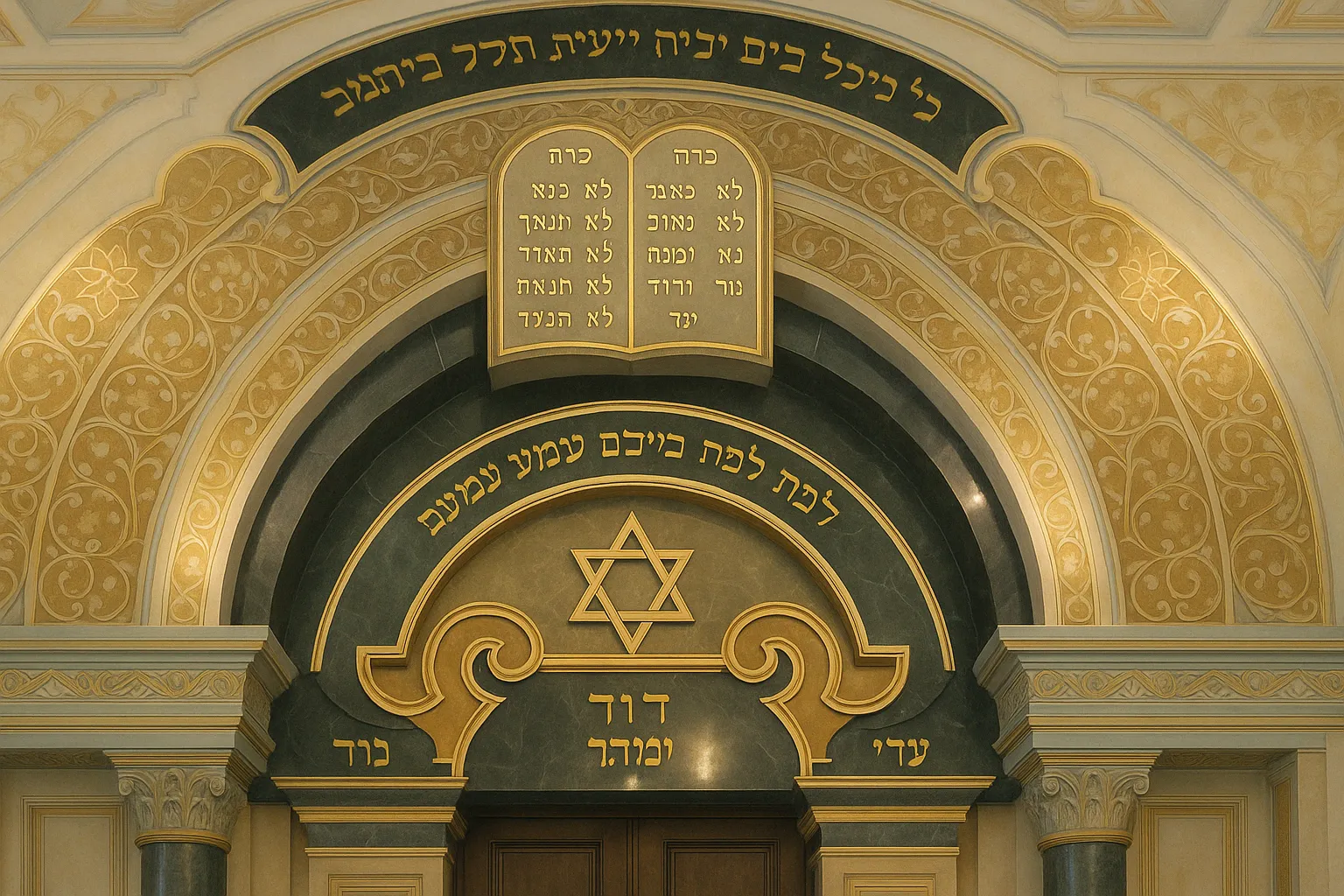Morocco: The Paradise of Geologists
Welcome to Morocco: The Paradise of Geologists. Morocco, in Africa’s northwest, is an undiscovered jewel for the field of geology. Those interested in rocks, minerals, and Earth history will find Morocco’s varied geography and rich geological history, as well as its unusual formations, to be a veritable paradise. Explore the different terrains, important geological locations, and exciting discoveries that keep scientists all around the globe enthralled in this article about Morocco’s geological treasures.
Morocco: The Paradise of Geologists
1) The Geological Diversity of Morocco:
Morocco’s various landscapes—from the flat coastal plains and sandy beaches to the high peaks of the Atlas Mountains—contribute to the country’s rich geological history. Coastal erosion and sedimentary processes may be studied in great detail along the country’s western coastline, which is lapped by the Atlantic Ocean. In contrast, the Atlas Mountains, which run like a spine across the country as a whole, are a sight to see in the interior and provide insight into the geological processes that formed them.
The Sahara, one of the world’s most recognizable deserts, occupies a sizable portion of southern Morocco. Due to its distinctive geological formations and the remains of ancient life it contains inside its sands, geologists are attracted to this huge desert expanse.
2) Fossils: A Window into the Past
Geologists will find an abundance of fossils in the Erfoud area of Morocco. Near Erfoud, in the Kem Kem Beds, may be found dinosaur fossils that have drawn the attention of palaeontologists from all over the globe. Dinosaur fossils, both theropod and sauropod, have been found in abundance in these layers, offering light on the ancient period.
Well-preserved trilobites and other ancient marine life may be found in Morocco’s fossil record, demonstrating the country’s old maritime habitats and the animals that formerly flourished there.
3) Volcanoes and Basalt Formations:
Some of Morocco’s most impressive evidence of former volcanic activity may be seen in the Anti-Atlas Mountains. In contrast, basalt columns, formed when ancient lava flows cooled and solidified, are a spectacular sight in the Middle Atlas. Geologists may learn a lot about the volcanic history of the area and the geological processes that formed these rocks by examining these natural marvels.
4) Spectacular Caves and Caverns:
Ifrane is one of the most famous places to visit among the many caves and caverns in Morocco’s limestone-rich areas. The formation of stalactites and stalagmites in these caves over thousands of years attests to the richness of the country’s geological past.
Aven De La Porte d’Enfer, also known as “Hell’s Gate,” is one of the world’s most enigmatic caverns. Speleologists are drawn to this deep vertical shaft in the hopes of learning more about its genesis and the underlying geology.
5) Minerals and Crystals :
Beautiful and typical minerals and crystals may be found at the Bou Azzer mines, which have gained international renown. Geologists and collectors alike go to this area in quest of interesting rocks and minerals. Similar to Morocco, the mineral wealth of Midelt has made important contributions to the field of mineralogy.
6) The Geological Phenomenon of the Atlas Mountains :
Morocco’s Atlas Mountains, which spread throughout the country, are a fascinating natural landmark. These magnificent mountains were formed over millions of years by the tectonic plates of Africa and Eurasia crashing into one other. Geologists have an exceptional chance to examine the results of tectonic processes on the Anti-Atlas.
7) Unique Rock Formations
The magnificent stone arches at Legzira Beach are well-known worldwide. The power of nature to shape the environment through time is on full display in these arches formed by nature. In addition, the mysterious M’zora stone circles provide a window into the prehistoric history of Morocco and its original inhabitants.
8) Preserving Morocco's Geological Heritage:
Geological attractions of Morocco draw visitors, yet they are susceptible to environmental hazards. Scientists and environmentalists collaborate to protect the country’s geological history for future generations. In order to preserve these rare environments for future generations to learn from and enjoy, responsible geotourism practises are essential.
Geologists will find a veritable feast for their eyes and minds in Morocco, since the country is home to an abundance of unique geological attractions. The country is home to a variety of geological wonders, from fossilised dinosaurs to volcanic mountains. It is important that we preserve and protect Morocco’s geological riches as we continue to discover and learn about them for the benefit of current and future generations.
FAQs: Morocco: The Paradise of Geologists
- Can I visit the Kem-Kem Beds as a tourist?
Yes, the Kem Kem Beds are accessible to tourists, but visiting them may require a guided tour due to their remote location.
- Are there any active volcanoes in Morocco?
No, all volcanoes in Morocco are considered extinct, with the last volcanic activity occurring thousands of years ago.
- Can I collect minerals from the mines of Bou Azzer?
No, mineral collecting in the mines of Bou Azzer is strictly regulated, and you would need permission from the authorities to collect specimens.
- Are the stone arches at Legzira Beach stable?
The stone arches at Legzira Beach are subject to erosion and natural processes. It’s essential to follow safety guidelines and respect the natural environment when visiting.
- How can I support the conservation efforts for Morocco’s geological heritage?
You can support conservation efforts by participating in responsible geotourism, adhering to guidelines set by local authorities, and spreading awareness about the importance of preserving these unique geological sites.

